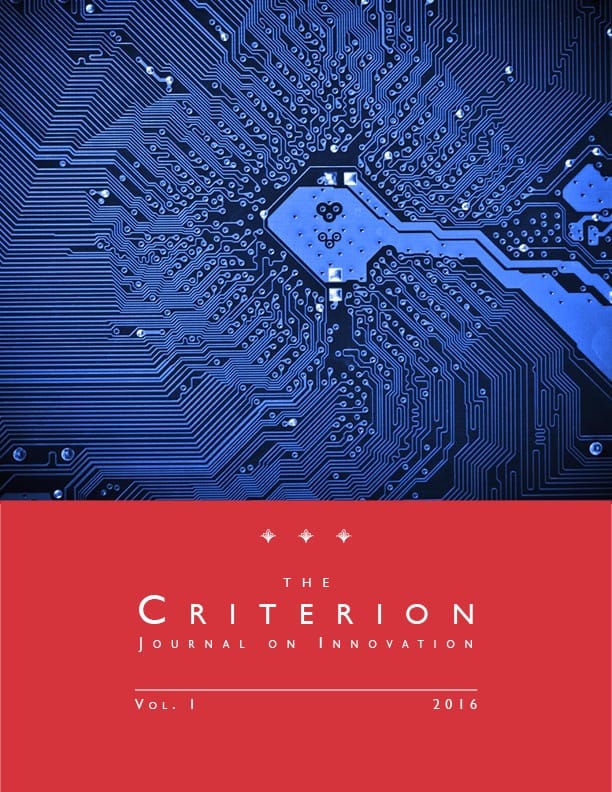Economic Evaluation of the Factual Basis for the FCC’s Open Internet Order
Purchase a reprint version of the Article (Amazon) | Read the Article (PDF) | Download the Article (PDF) Download the Article (PDF)The Federal Communication Commission’s 2015 Open Internet Order, which the U.S. Court of Appeals for the D.C. Circuit has upheld, imposed new regulations on broadband Internet service providers. An examination of data available at the time of that Order suggests that apparent insufficiencies in competitive alternatives at the fastest available speeds have been ameliorated in fairly short order by new offerings by multiple ISPs. Those findings imply that basing new restrictions on a putative dearth of competition for recently available service levels and transmission speeds is likely to be overtaken by technological and market developments, rendering such ex ante rules superfluous, at best, and counterproductive to competition and innovation, at worst. This article updates the previous analysis, based on data made available subsequent to the FCC’s Order. Differences in seemingly comparable statistics available in the previous and newer data series are explored and the earlier conclusion on the pace of market developments is tested and corroborated.

Cite as
Timothy J. Tardiff, Economic Evaluation of the Factual Basis for the FCC’s Open Internet Order, 1 Criterion J. on Innovation 479 (2016).
